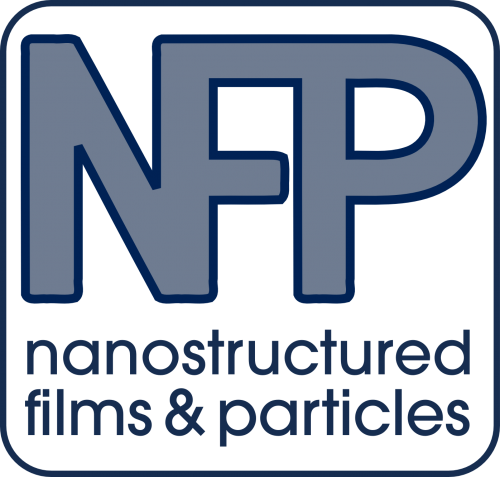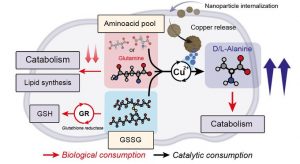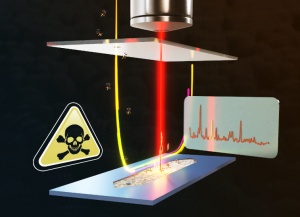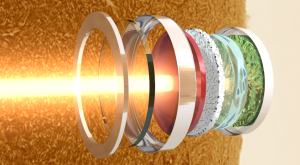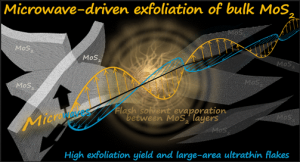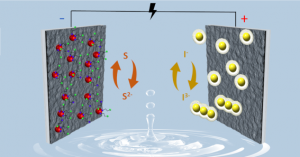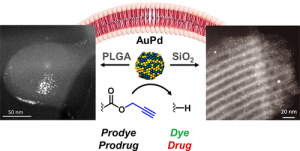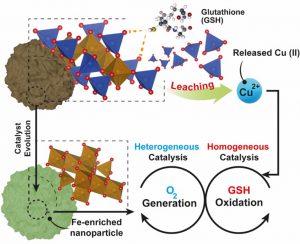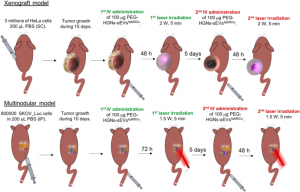Nanostructured Films & Particles
Research Group
HIGHLIGHTS:
Welcome To
the Nanostructured Films & Particles Research Group
The NFP Group was created in 2007 by researchers from different backgrounds, with the aim of concentrating efforts in the development and application of nanostructured materials. The NFP Group is one of the founding research groups at the Nanoscience Institute of Aragon (INA), a multidisciplinary institute where researchers in Physics, Chemistry, Engineering, Medicine and Biochemistry find numerous opportunities for lateral thinking and scientific collaboration.
The common thread linking the NFP research areas is the synthesis of nanomaterials in a multiplicity of shapes and structures. We are interested in the development of bottom-up methods that allow us to synthesize nanoscaled materials in a way that is both precise and scalable. Our synthesis procedures are designed to endow the final product with the properties required for the desired application. This can be a very challenging objective. Thus, for applications in nanomedicine our structures have to perform a certain function, (e.g. deliver a therapeutic cargo to a tumour in vivo), but at the same time they have to fulfil a wide set of requisites such as be biodegradable, or at least biocompatible, capable to avoid the immune system, sometimes also capable of remote activation etc. This entails the fabrication of complex architectures with nanoscale precision. Similarly, in other fields of application within our research portfolio (e.g. nanostructured surfaces for molecular recognition, or nanomaterials for environmental photocatalysis) the final product always requires a careful design and accurate fabrication in order to achieve the outstanding features that are the trademark of the nanoscale.
Please browse our site for a more in-depth view of our research. If any of the contents inspires you, do not hesitate to contact us. We are always looking for new, highly motivated postdoctoral researchers and Ph.D. students, and also for new scientific collaborations with other research groups.
Contact:
Prof. J. Santamaria
Department of Chemical and Environmental Engineering
University of Zaragoza
Jesus.Santamaria@unizar.es
Phone: +34 976761153



